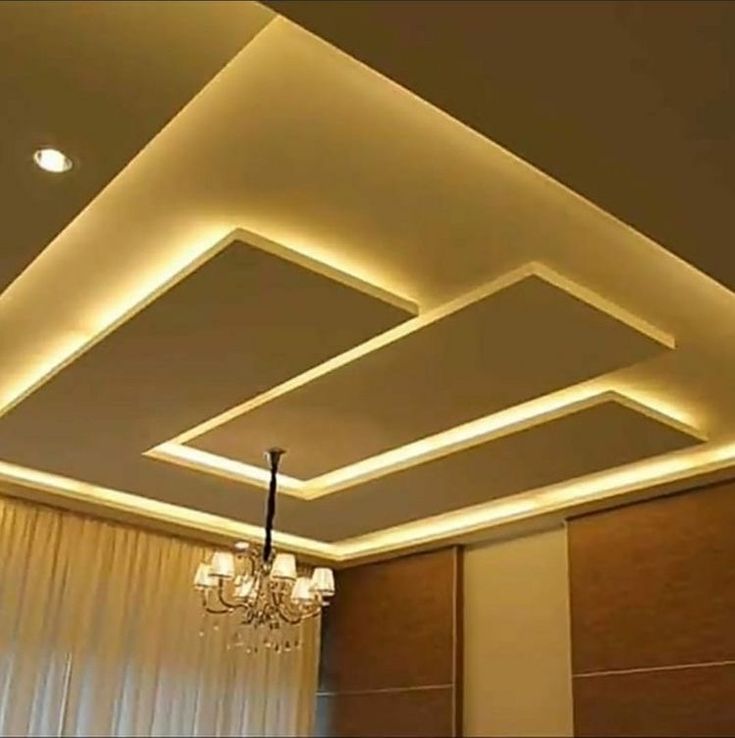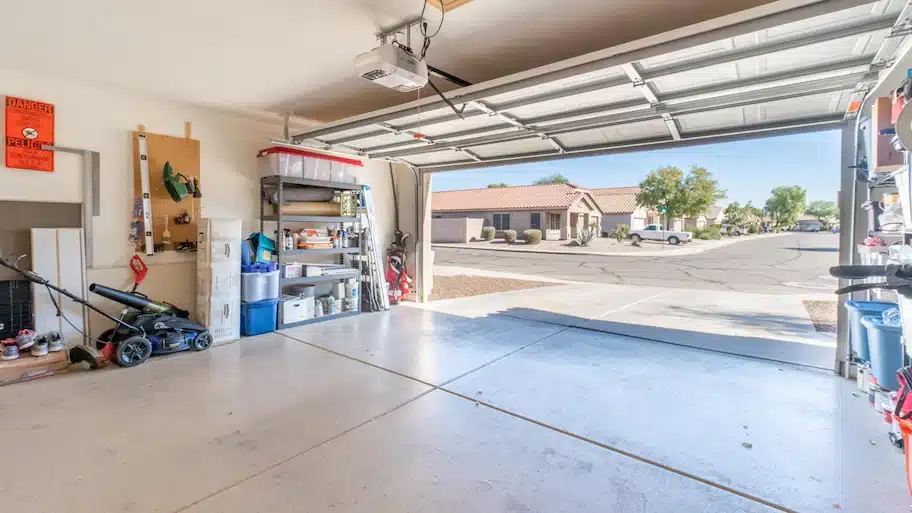The 3 Essentials When Insulating Your Home Garage
Unless you’ve built your own garage and know it’s insulated, you likely have a cold and drafty garage. Insulating it will go a long way to make it more comfortable and pleasant to spend time in. It can also save you money on energy bills. You’ll also find your garage a better place for projects or storing things when it’s insulated.
Insulating your garage helps keep it warm in the winter and cool in the summer. There are different types of insulation you can use and each type has its own advantages and disadvantages. In this article, we will go over several tips to help you insulate your garage.
1 – Insulate the Garage Door

Insulating your garage door can make a big difference in keeping your garage comfortable. Different types of garage doors need different insulation methods. Roll-up doors, which are common in many homes, can be insulated with kits that fit into the door’s panels. These kits are easy to install and can be cut to fit. Or, you can hire a company like North Shore Commercial Door and have them do it for you.
It’s important to make sure the insulation is secure and covers the whole door without leaving gaps. Sealing the edges of the door with weather stripping is a good step to keep drafts out. Also, make sure the door can still open and close easily after you add the insulation. Adding too much weight to the door or blocking its movement can cause problems.
2 – The Ceiling and Roof

Insulating the ceiling and roof of your garage can help keep the temperature inside just right. If your garage has an attic space above it, you can add insulation between the attic floor joists. This is often done with fiberglass batts or rolls, which you can lay down yourself. Make sure the insulation covers the whole area evenly and reaches into the corners.
If you have a garage without an attic space, you can insulate the ceiling or the underside of the roof itself. This can be done with rigid foam boards or spray foam insulation. Rigid foam boards are placed directly against the ceiling or roof panels. Spray foam is sprayed onto the surface, where it expands and hardens, creating a tight seal. Both methods stop heat from escaping in winter and entering in summer.
3 – Weather stripping

Adding weather stripping around your garage doors and windows will make a huge difference in the temperature inside. Weather stripping can stop cold air from coming in and warm air from escaping. It’s a material you put along the edges of doors and windows to seal gaps. There are different types of weather stripping, so you can choose what works best for your garage.
For doors, pay special attention to the bottom. You might need a strip called a door sweep here. It covers the gap between the bottom of the door and the floor. For windows, make sure you cover all sides.







